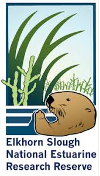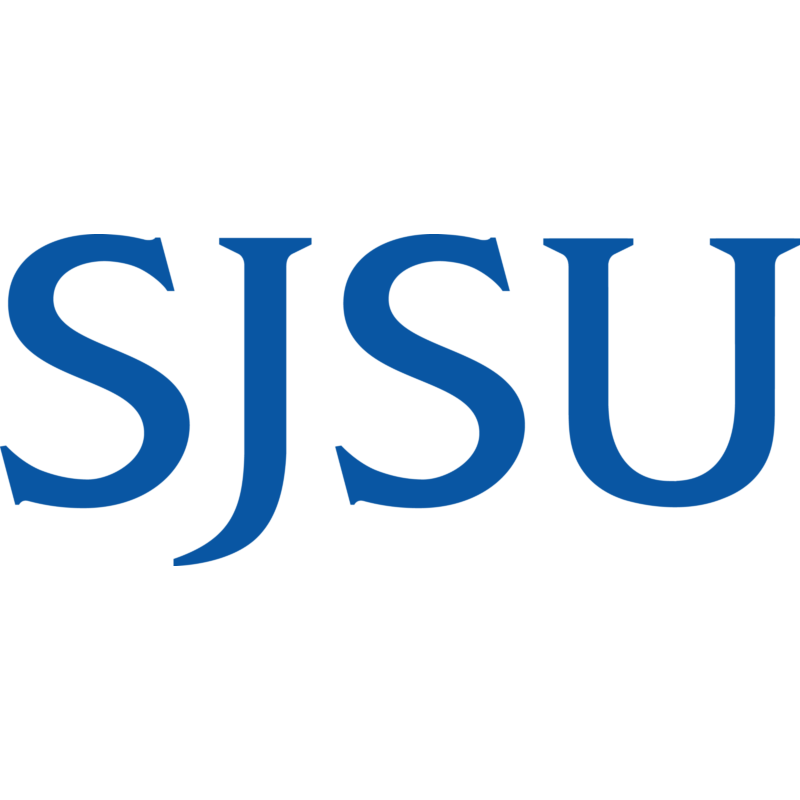
Sediment & Geospatial Team
OVERVIEW
The geospatial team is tracking the accumulation of metals on upland and marsh soils related to the battery fire using field-based and lab X-ray fluorescence (XRF) measurements as well as scanning electron microscope (SEM) and energy-dispersive X-ray spectrometry (EDS) analyses.
Key team collaborations
The geospatial team is led by scientists from the Geological Oceanography Lab at Moss Landing Marine Laboratories.


PROBLEM
- During the fire, the smoke plume drifted over Elkhorn Slough.
- Solid debris and ash from the battery fire may contain heavy metals.
- Soil cores take a long time to analyze. A rapid tool is needed to quickly characterize soil properties in the field.
- Heavy metals can mobilize quickly in relation to changing the environment conditions (e.g. rain and tides).
SOLUTION
- Immediately survey surface sediments for changes in elemental composition throughout Elkhorn Slough.
- Survey with portable Hitachi XMET 8000 XRF (pXRF) and follow up with soil core analysis of the same samples in the lab.
- Soil surface and subsurface is sampled over time to assess changes in concentrations of the heavy metals.
APPROACH
- To obtain pre and post metal concentrations, resurvey transects at Hester marsh that were sampled in 2023.
- Expand survey to select areas throughout Elkhorn Slough.
4
Sites within Elkhorn Slough
7
Battery-related heavy metals measured from each sample
3
Number of times resampled
PROGRESS
Pre-fire sampling was done in 2023 to assess relationships between marsh plant health and soil composition, soil property analyses including elemental analysis with a pXRF. These compositional data serve as a baseline for elemental concentrations in soils prior to the 2025 battery fire. Following the 2025 fire at the Moss Landing battery storage facility Hester marsh was resampled at high spatial and temporal resolution between January 21 and February 23, 2025.
During the 2023 survey, subsurface samples (~5–10 mm depth) were collected to compare elemental concentrations above and below the shallow redox boundary characteristic of these tidal marsh soils. This approach incidentally enabled differentiation of recent fire-related metal deposition from background levels and allowed detection of a transient, spatially patchy signal. All FpXRF measurements across all surveys have been conducted on bare, relatively dry soils to minimize moisture-related biases.
Additional measurements were taken beyond the boundaries of Hester Marsh during two post-fire survey periods: post-fire#1 (January 21–February 12, 2025) and post-fire#2 (February 18–March 27, 2025). These post-fire surveys encompassed a broader area, including nearby grasslands within the surrounding watershed. Soil samples collected in the field were analysed using the pXRF in the lab (LpXRF) and with inductively coupled plasma mass spectrometry (ICP-MS).
Our research collaboration began based on a desire to apply our expertise in a relevant way in our local community. The research plan has developed as we continue sampling. We welcome the opportunity to discuss additional collaborations and any support for this research. We are happy to answer any additional questions you may have. We are grateful to the dozens of community volunteers who have joined field surveys.
Team:
-
Ivano Aiello
Professor & Dept Chair
Geological Oceanography
Moss Landing Marine Labs -
Charlie Endris
Research Associate,
Moss Landing Marine Labs
-
Seth Staten
Student Research Assistant,
Moss Landing Marine Labs

